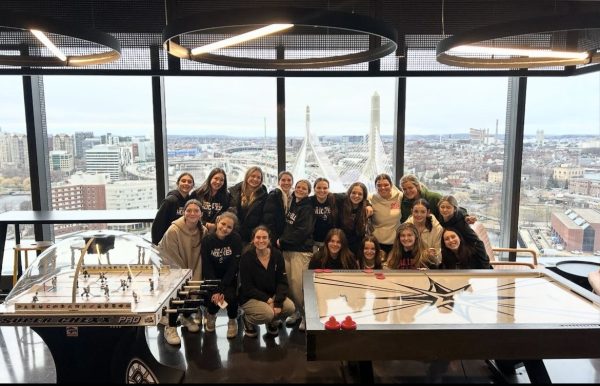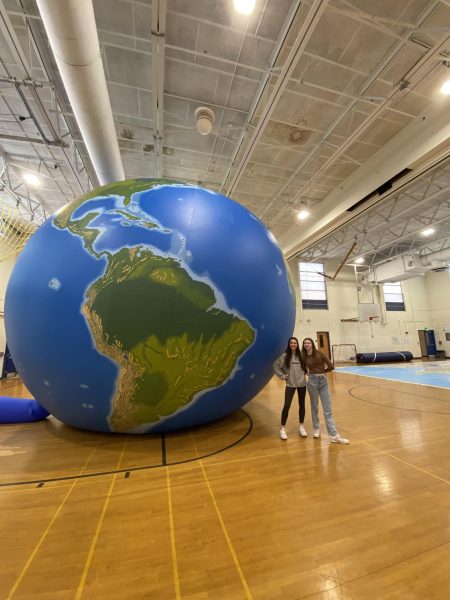Reinventing the Future: New Tech Trends Take the Stage at CES 2020
March 5, 2020
Every year, technology companies from every corner of the industry gather in Las Vegas at the Consumer Electronics Show to display their latest creations, ideas, and products. While much of the excitement at the show is around products that won’t actually ever make it to market, terms like “concept” and “future roadmap” are used all too often—it is a great way to see what the true technological edge of today is, and how it’ll impact our lives in the future. Every year, a few trends stand out as the most important, this year being no exception. Here are some of the most exciting announcements so far:
- Foldable Displays
Last year, Samsung announced the Galaxy Fold, the world’s first really shipping foldable display, and while it was plagued with manufacturing flaws and incredibly lacking durability, it began an era of foldables. Everyone in the industry is seeing just how this new display technology will be able to play into their future products. While it might not always result in a better consumer experience, when executed correctly, it will most definitely allow the caliber of the devices we use to be raised. At CES this year, we’ve already seen PC companies, for the first time, release foldable laptops. Dell announced two concept laptops, TCL had one, and most surprisingly of all, Lenovo announced a real foldable PC that will ship later this year, for just $2499.
- 8K Televisions
TV always show up in mass at CES, and in 2020, the focus was in two main areas: resolution and design. Last year, there were a few 8K TVs, but none really meant for consumer release. This year, however, every major manufacturer is launching consumer lines of 8K TVs, which will encourage content companies to start releasing media in that resolution. On the design side, Samsung introduced two innovative models. One has a completely bezeless design, where the panel appears to just float in your living room. 99% of its front-facing surface is covered by display, a record for the industry. Their second product is Sero TV, which is designed to encourage watching portrait videos on the big screen. When you play videos from Instagram or Twitter, the television automatically rotates to the correct orientation, greatly improving the watching experience.
- Luxury Chromebooks
When you picture a Chromebook in your head, you think of cheap plastic designs, low-quality components, and an accompanying low price. The new Samsung Chromebook (and new notebooks from Asus) break that mold, quite surprisingly. In Samsung’s case, bold aluminum designs, with vivid colors turn their new Chromebook into quite the eye-catching device. They’re running the latest Intel 10th generation processors, a major upgrade from the usual cheap Celerons they have, and a 4K AMOLED display. While this Chromebook is a definite improvement from the current market, dominated entirely by the low end, its price point is a bit curious, at $999. When you spend that much money, do you really want a computer that is still very much tied to the browser? Most consumers say no, and they’ll continue to unless Google can really modernize ChromeOS, something that seems unlikely to happen as long as they cling to the Android apps on Chrome model.









